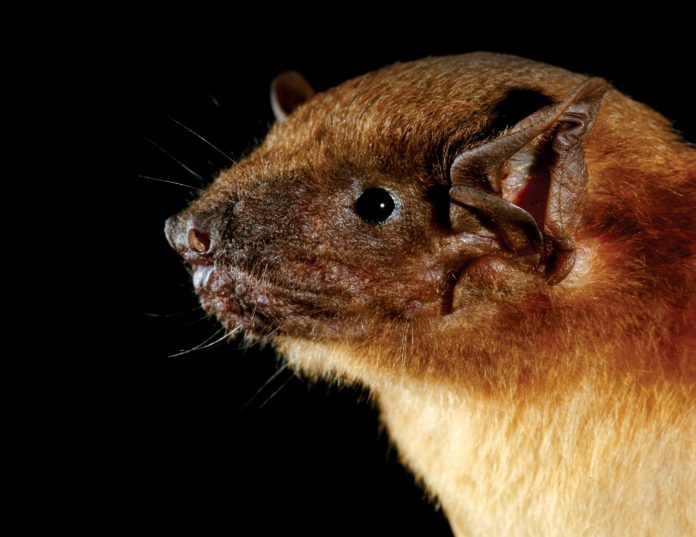Farmers eagerly host these furry guests in their orchards and collect their excrement – Cambodia’s answer to manure
Text Claire B. Munton
Farmers in the backwaters of Cambodia have lived by this rule for as long as they can remember. Take Hoerm Oerun in the bucolic southeast, for example. Every day, the grandmother of four squats in her orchard in Kandal province between a pagoda and patchwork of paddies that gives capital Phnom Penh its daily rice.
Oerun’s trees bear no fruit. They have been barren for more than three decades. Instead, she sweeps at bat droppings: pungent nut-brown pellets that collect in murky rings below her trees and act as a valuable natural fertiliser. “Most people here are farmers,” Oerun says, “and most of them use the guano.” With a wink, she pats the swollen sack at her feet.

Oerun has forged a lucrative and symbiotic relationship with the diminutive creatures whose guano feeds her family, not to mention local crops. Bat farmers like her can make USD22 a month in guano sales per roost – and with some harvesting from over 20 roosts, this can add up to over USD5,000 a year. With more than 30 trees to her name, Oerun can collect 12 kilograms of the precious waste per day. The substance has even been dubbed “black gold” by conservation biologist Neil Furey, who specialises in researching Southeast Asian bats.
Cambodia is home to hundreds of bat farms, according to Furey, who calculates that 1,000 farm bats eat between nine and 26 kilograms of insects per night – including many plant pests – which equates to almost 9,500 kilograms of insects per year, reducing the need for pesticide sprays… This story is a feature in ASIAN Geographic. To read the full story, check out Issue 129.











